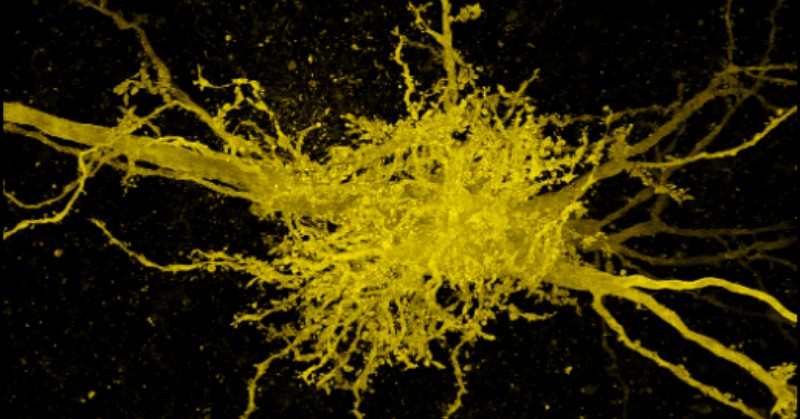
Credit: McBain Laboratory, NICHD/NIH
The properties of neuronal junctions that help form long-term memories and aid in learning are similar between mice and people, according to a new NIH study. The study team found comparable structural and functional properties between mouse and human mossy fiber synapses, highlighting the utility of rodent models in neuroscience research. The findings are published in the journal Neuron.
Background
For decades, neuroscientists have relied on animal models to understand how different parts of the nervous system work to enable basic functioning, such as breathing and digestion, as well as complex skills like learning, memory, and problem solving. All these processes rely on communication between neurons and how information is transferred at synapses, i.e., the junction between neurons, by chemical messengers called neurotransmitters.
As researchers discover different types of synapses in mice, including mossy fiber synapses that help form contextual memories, it remains unclear whether the highly specialized properties described in mice are relevant to human synapses and neurological conditions and diseases that occur in people.
Results
In a new study led by the McBain Laboratory at NICHD, researchers compared the mossy fiber synapse in mice to those found in people by studying human brain samples that were surgically removed as part of treatment for epilepsy. The team also included researchers from NIH’s National Institute of Neurological Disorders and Stroke and the National Institute of Mental Health.
The team compared key properties of the mossy fiber synapse—its distinctive architecture, the types of neurotransmitter receptors used, and how signals are communicated. Overall, their findings demonstrate that the basic, core properties of the mossy fiber synapse are similar between mouse and human despite more than 100 million years of evolution.
The researchers also identified an anomaly in the epileptic samples that could potentially explain why epileptic neurons are hyperactive. Under healthy conditions, an excitatory neurotransmitter, which helps maintain and pass along a signal, is eventually counterbalanced by an inhibitory neurotransmitter. The team did not observe this secondary inhibitory signal in mossy fiber synapses from epileptic patients. However, more work is needed to build upon this observation.
Significance
The study provides evidence for evolutionary conservation of the mossy fiber synapse, highlighting the usefulness of animal models in neuroscience research. The study also provides assurance that prior rodent research on the mossy fiber synapse remains applicable to human health and disease.
Reference
Pelkey, KA et al., Evolutionary conservation of hippocampal mossy fiber synapse properties. Neuron DOI: 10.1016/j.neuron.2023.09.005 (2023)

 BACK TO TOP
BACK TO TOP